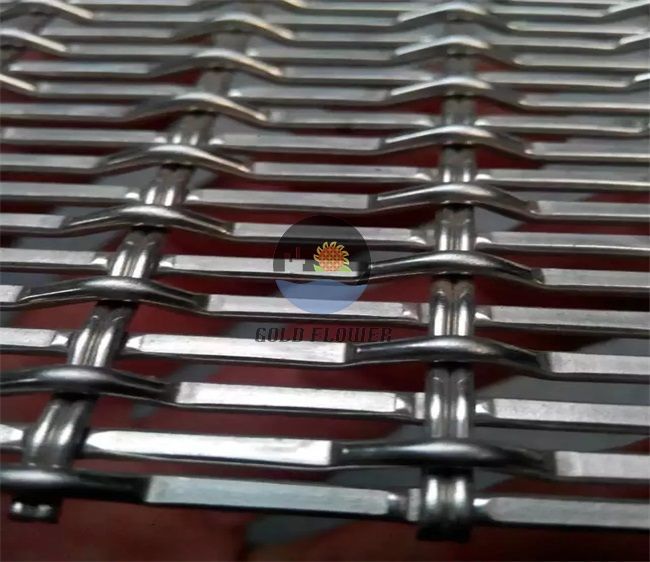Aug . 13, 2024 20:40 Back to list
Exploring the Versatility and Applications of OEM Wire Mesh Solutions in Various Industries
Understanding OEM Wire and Wire Mesh A Comprehensive Overview
In the world of manufacturing and industrial design, OEM (Original Equipment Manufacturer) wire and wire mesh play pivotal roles in a variety of applications. These materials are fundamental in producing a wide range of products, from automotive components to construction materials. This article delves into the significance of OEM wire and wire mesh, their applications, and what makes them essential in diverse industries.
What is OEM Wire?
OEM wire refers to wire products that are designed and manufactured to meet the specific requirements of an original equipment manufacturer. This means that the wire is produced to precise specifications, ensuring it is suitable for integration into various mechanical systems or products. Typically made from materials such as copper, aluminum, or specialty alloys, OEM wire can be insulated or uninsulated, depending on the application.
The customization aspect of OEM wire is one of its most significant benefits. Manufacturers can request different gauges, lengths, or coatings to suit particular needs. This flexibility allows OEM wire to be utilized in numerous sectors, including automotive, aerospace, electronics, and telecommunications.
Exploring Wire Mesh
Wire mesh, on the other hand, is a grid-like structure made from interconnected wire strands that can be woven or welded together. It comes in various sizes and mesh configurations, making it versatile for many applications. Wire mesh is used for filtering, fencing, reinforcement, and even architectural features.
Manufacturers can design wire mesh to have specific openings and thicknesses, tailoring it to fit the precise needs of a project. For example, fine wire mesh can be utilized in filtration systems, while heavier gauge mesh may be more appropriate for security fencing.
Applications of OEM Wire and Wire Mesh
Both OEM wire and wire mesh find extensive applications across various industries. Here are some notable uses
oem wire wire mesh

1. Automotive Industry OEM wire is crucial in automotive wiring harnesses, ensuring the electrical systems in vehicles function reliably. Wire mesh, meanwhile, is often used in heat exchangers and filters for fuel and oil.
2. Construction and Building Wire mesh is commonly used for concrete reinforcement in building construction, providing strength and durability. Additionally, custom OEM wire is used for constructing infrastructure components like bridges and towers.
3. Manufacturing Wire mesh is widely utilized in the manufacturing sector for screen and separation processes. It helps in sieving materials and ensuring quality control during production.
4. Electronics In the electronics sector, OEM wire serves as essential components for circuit boards, while wire mesh can be used for shielding sensitive electronic equipment from electromagnetic interference.
5. Agriculture Wire mesh is often employed in farming applications for creating enclosures for livestock, as well as for fencing crops to protect them from wildlife.
Benefits of Using OEM Wire and Wire Mesh
The primary benefit of using OEM wire and wire mesh is the ability to customize products according to specific requirements of a project or industry. This leads to enhanced functionality and efficiency in various applications. Additionally, high-quality OEM materials ensure durability and reliability, which are critical factors in sectors such as automotive and construction where safety is paramount.
Furthermore, sourcing OEM components often involves working directly with manufacturers, which can streamline supply chains and foster better quality control.
Conclusion
OEM wire and wire mesh represent essential components in many industrial applications. Their versatility, customization, and reliability make them indispensable in fields ranging from automotive to construction, ensuring that manufacturers can meet the ever-evolving demands of modern production. As industries continue to innovate and expand, the role of these materials is poised to grow even further, highlighting their importance in the manufacturing landscape.
share
-
Safety Mesh for Windows – Durable Mosquito and Insect Protection Solutions
NewsJul.08,2025
-
12x24x1 Air Filter – High Efficiency Replacement for Improved Air Quality
NewsJul.08,2025
-
Premium Stainless Steel Mosquito Mesh - Durable, Rust-Resistant Protection for Windows & Doors
NewsJul.08,2025
-
Premium Stainless Steel Garden Mesh for Lasting Durability Best & High Quality Mesh Solutions
NewsJul.07,2025
-
Gold and White Blackout Curtains – Elegant Light Blocking & Insulation for Home
NewsJul.07,2025
-
Premium Spa Filter Cartridge for Clean Water Spa Pool Filters Cartridges for Jacuzzi Durable, high-efficiency spa filter cartridge for spas and jacuzzis. Improve water quality—order your pool filter cartridge now!
NewsJul.07,2025

